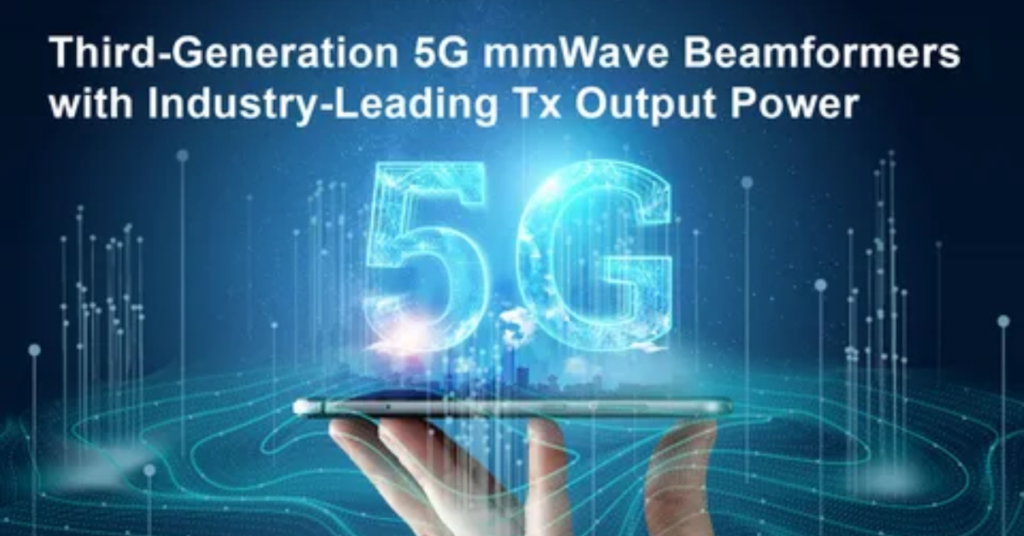5G technology represents the fifth generation of mobile network systems. Unlike its predecessors, it is designed to deliver ultra-reliable low latency communications (URLLC), enabling real-time communication and high-speed connectivity. The importance of 5G lies in its potential to transform how people interact with technology, connecting more devices and supporting mission-critical applications like remote surgeries and smart city lighting.
5G adoption trends are growing rapidly as industries and consumers discover its capabilities. From enhancing public safety networks to boosting emergency response efficiency, 5G infrastructure growth plays a crucial role in creating seamless, interconnected experiences. This technology isn’t just about faster data; it opens the door for innovations in precision agriculture, smart buildings, and more.
Key Features and Benefits of 5G Technology
5G features make it stand out from previous generations. It boasts low latency (1 millisecond), allowing for near-instant communication between devices. This is essential for autonomous vehicles and vehicle-to-everything (V2X) communication. 5G speed comparison shows it’s significantly faster than 4G, supporting high bandwidth applications and ensuring uninterrupted streaming or data transfer.
The benefits extend to enhanced mobile broadband (eMBB), which allows users to experience faster download speeds and superior video quality. Industries benefit from large-scale machine-to-machine communication and 5G network slicing, which allocates network resources based on need. This guarantees high-quality service for data-intensive applications like virtual reality applications and manufacturing automation.
You may also read this blog: AI in Healthcare: Transforming Diagnostics and Treatment for a New Era
Why Is 5G Better Than 4G?

When comparing 4G vs 5G, the differences are clear. 5G supports significantly higher device capacity, enabling massive IoT support. This means that more connected devices can operate without issues, which is crucial for smart cities applications and smart transportation systems. While 4G has limited data capacity and higher latency, 5G delivers high performance with mid-band 5G deployment balancing coverage and speed.
In terms of low latency communication, 5G is unmatched, providing response times of just 1 millisecond. This is vital for advanced robotics, 5G-enabled applications, and healthcare telemedicine applications that require real-time communication. The combination of high-speed internet access and secure enterprise traffic ensures reliable service for both personal and business use.
6 Key Features and Benefits of 5G
5G technology has multiple standout features. First, its high-speed Internet access ensures that streaming and data-intensive activities occur without interruption. Second, energy-efficient IoT devices make large-scale deployments sustainable. Third, millimeter wave spectrum allows for high-band mmWave spectrum use, supporting lightning-fast data transfer.
Fourth, mid-band spectrum enables wide coverage and good speeds, making 5G practical for urban and rural areas. Fifth, mission-critical applications like remote surgeries are supported through low latency communication. Lastly, 5G-enabled automation enhances everything from precision agriculture to smart city lighting.
More Benefits of 5G mmWave

The millimeter wave spectrum in 5G provides exceptional speed and capacity. This high-frequency band is perfect for smart cities applications, where large amounts of data need to be processed quickly. For example, public safety networks and emergency response efficiency improve with faster data transmission.
High-band mmWave spectrum also plays a vital role in crowded places like stadiums or concerts where many people use their devices simultaneously. 5G infrastructure growth focusing on mmWave helps deliver enhanced mobile broadband without delays. This ensures seamless experiences for both users and service providers.
Future of 5G: IoT, Edge Computing, and a New Era of Connection

The future of 5G is closely linked with advancements in IoT sensors, edge computing benefits, and seamless connectivity. Edge computing enhances data processing capabilities by reducing the distance between the source and cloud, leading to faster decision-making. This is essential for 5G-enabled applications like connected vehicles ecosystem and mobile traffic growth.
Moreover, 5G technology supports billions of IoT devices, empowering large-scale machine-to-machine communication and fostering smart buildings. These features help build the backbone for Industry 4.0, where 5G becomes the main driver for 5G in agriculture, manufacturing automation, and smart transportation systems.
Who Does 5G Benefit?

5G technology benefits various groups. For individuals, it provides faster download speeds and high-speed Internet access for streaming, gaming, and remote work. Businesses gain secure enterprise traffic, making operations smoother and more efficient. 5G improves mission-critical applications and data-intensive applications in healthcare telemedicine and other fields.
Society benefits from smart city lighting and public safety networks that help manage infrastructure more effectively. Industries see improvements in connected vehicles ecosystem and precision agriculture, which increase productivity and sustainability. The broader impact includes boosting the economy and creating new opportunities in various sectors.
Ultra-Fast 5G Speeds for Your Home or Business

The speed of 5G technology is unmatched, offering high-speed Internet access that can revolutionize home and office experiences. Unlike traditional broadband, 5G supports streaming, downloading, and video conferencing with no lag. This is due to its mid-band spectrum and millimeter wave spectrum, which provide both coverage and speed.
Businesses especially benefit from 5G-enabled automation. 5G ensures reliability in running data-intensive applications like cloud computing and real-time communication tools. The flexibility of 5G network slicing allows companies to allocate bandwidth based on priority needs. This results in better performance for mission-critical activities.
Test the Capabilities of 5G Technology with Digi
Digi plays a crucial role in advancing 5G technology. They provide solutions to test and deploy 5G capabilities effectively. Industries rely on these services to integrate IoT sensors and optimize edge computing benefits. Examples include healthcare facilities using 5G for healthcare IoT tracking and manufacturing plants deploying 5G-enabled automation.
Partnering with Digi helps businesses explore 5G network slicing and test various 5G features. This helps create efficient systems for smart cities applications, public safety networks, and more. Digi’s role ensures that 5G innovations are practical and scalable.
Innovation Labs and Verizon’s Role in the 5G Revolution

Verizon is leading the way in 5G infrastructure growth and innovation. Their innovation labs focus on creating new 5G-enabled applications for consumers and businesses. From smart buildings to mobile traffic growth, Verizon’s role in testing and launching new technologies is significant.
They have contributed to developments in connected devices and smart city lighting, enhancing urban living. Verizon’s 5G services cater to high-speed data needs and enable real-time communication for remote surgeries, vehicle-to-everything (V2X) communication, and more. Their commitment to continuous development helps shape the 5G landscape.
Ready for Verizon 5G?
If you are ready to embrace 5G technology, Verizon offers plans that cater to different needs. You can check for network coverage statistics to see availability in your area. Verizon’s 5G provides an optimal experience with high-speed Internet access, secure enterprise traffic, and energy-efficient IoT devices.
Choosing Verizon’s 5G means tapping into the future of connectivity. It promises unparalleled speeds, seamless streaming, and support for high bandwidth applications. Whether for personal or business use, it’s time to discover how 5G can transform your digital experience.
FAQ’s
What is 5G Technology?
5G is the fifth-generation wireless network offering faster speeds, low latency, and massive device connectivity.
How Does 5G Work?
5G uses advanced radio frequencies, including millimeter waves and mid-band spectrum, for high-speed, low-latency communication.
How is Verizon’s 5G Ultra Wideband Different?
It combines millimeter wave and C-band spectrums for ultra-fast speeds and reliable connections in dense areas.
What is C-band?
C-band is a mid-range radio frequency that balances coverage and speed for enhanced 5G performance.
Where is 5G Available?
5G is available in major cities and suburban areas, with expanding coverage across the United States.
What is 5G Ultra Wideband?
It’s Verizon’s top-tier 5G service offering ultra-fast speeds, low latency, and enhanced connectivity.
What Are the Benefits of 5G Ultra Wideband?
It provides faster downloads, seamless streaming, and supports advanced applications like autonomous vehicles and telemedicine.
What is 5G Home Internet and Why Do I Need It?
5G Home Internet delivers high-speed wireless broadband, ideal for streaming, gaming, and remote work without traditional cables.
Conclusion
5G technology is more than just faster internet, it’s a revolutionary shift in connectivity. With its low latency communication, high-speed internet access, and support for massive IoT devices, it redefines industries and daily life. From enabling precision agriculture and remote surgeries to enhancing smart transportation systems, its impact is vast. As 5G adoption trends grow, its role in shaping Industry 4.0, healthcare telemedicine applications, and connected devices becomes clear. For individuals and businesses, 5G ensures efficiency, innovation, and a brighter, more connected future.







